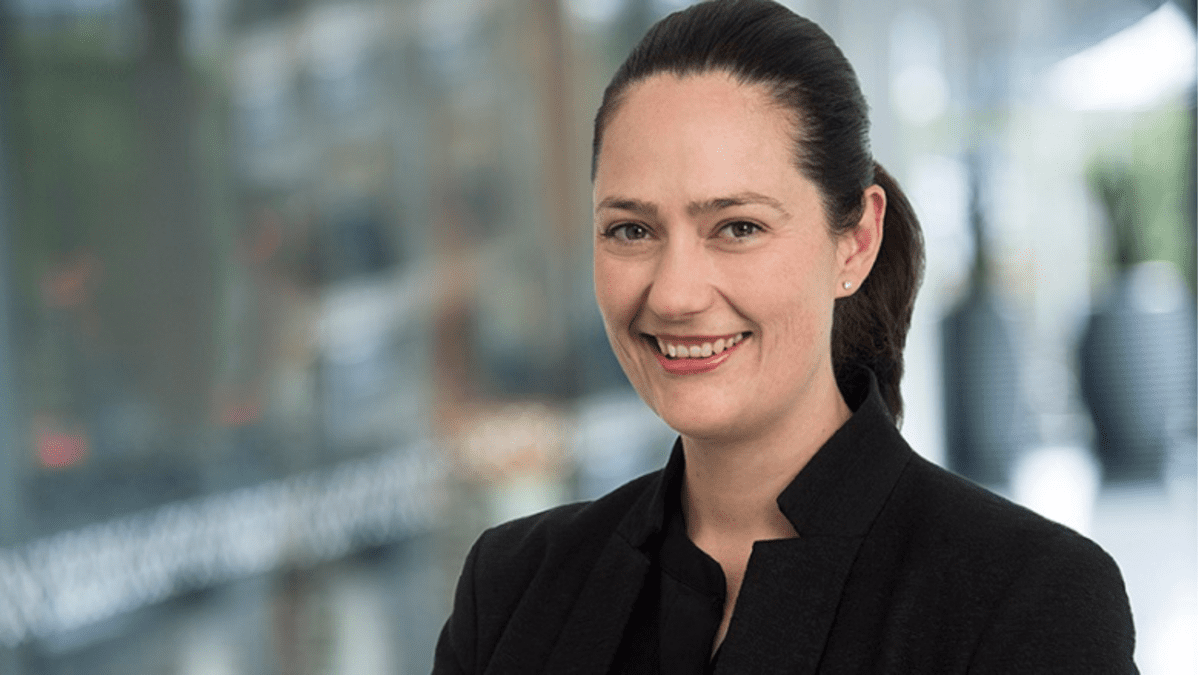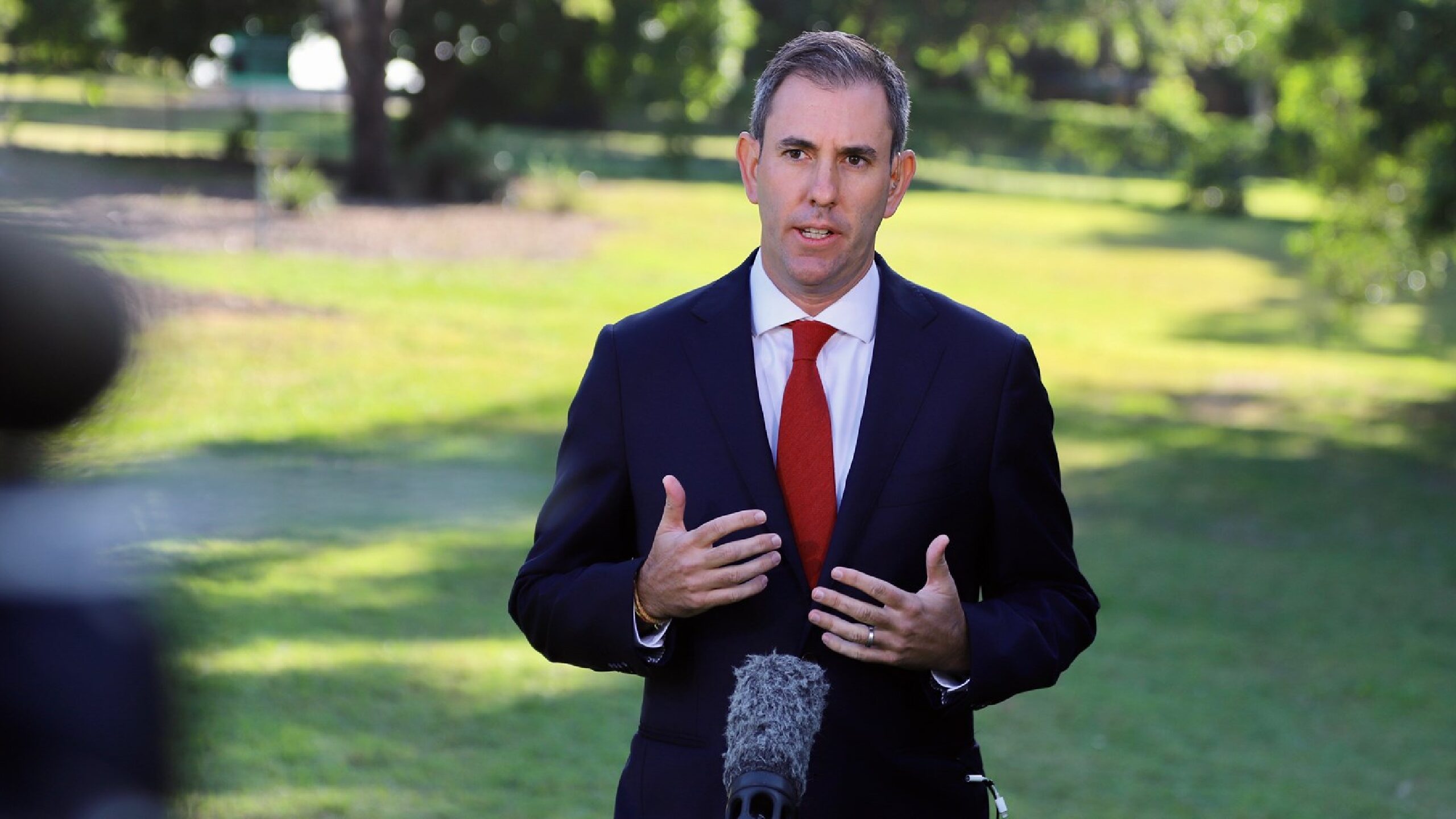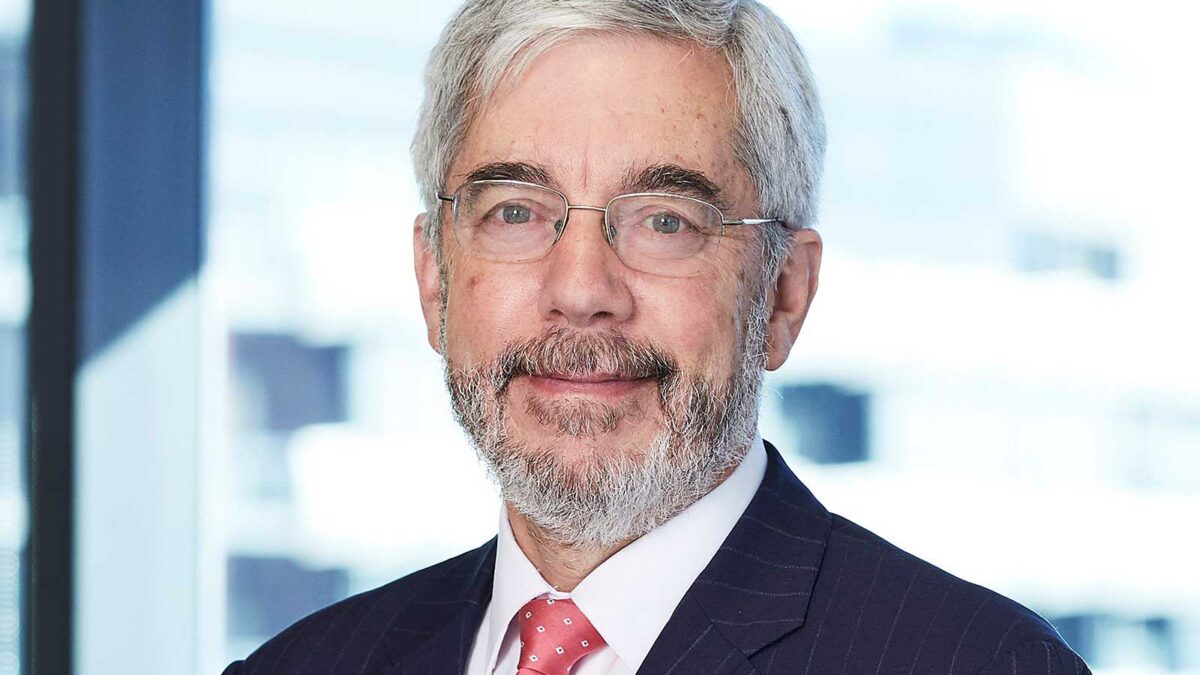All eyes now on Q2 inflation as markets digest ‘hawkish pause’
The Reserve Bank of Australia accompanied its Tuesday decision to hold the official cash rate at 4.1 per cent with a clear signal the pause is only temporary, renewing a commitment to finding the “narrow pathway” that might avoid a hard landing. According to some analysts, that could mean trouble for the property market.
After hiking the official cash rate by 400 basis points since May 2022, with a one-month breather in April, the central bank’s move at its July meeting to pause was largely expected by markets, which had priced in only about a 20 per cent chance of another hike. But many saw a continued hawkish tone in the policy statement RBA Governor Philip Lowe released.
The statement cited the large increase already carried out as supporting a pause, as well as signs the inflation rate is cooling and the need for more time for the board to assess the economic outlook. The monthly consumer price index (CPI) for May showed a deceleration to a 5.6 per cent annual rate of inflation in May from 6.8 per cent in April, which Commonwealth Bank of Australia senior economist Belinda Allen (pictured) says contributed to the market consensus around a pause.
“At 4.1 per cent, we see the cash rate as being deeply restrictive, based on housing debt servicing costs as a share of income,” she says. The arrival of the so-called fixed-rate cliff is adding to property market concerns, as past rate hikes are only beginning to feed through to many borrowers.
“The RBA expects the economy to keep growing, but references to an even keel have been dropped,” Allen adds.
OANDA senior market analyst Kelvin Wong sees Tuesday’s move as move of a “hawkish pause” than the start of a cutting cycle, despite what markets may anticipate.
“The accompanying monetary policy statement still has some ‘hawkish flavour’ sprinkled on; it highlights that inflation is still too high and will remain so for some time despite the recent monthly CPI for May showing a further decline,” he says, pointing to the board’s statement that it “remains resolute” in its bid to return inflation to the target range.
“So far, the reaction on the AUD/USD has been negative, where it has given up its gains from [Monday’s] session,” Wong adds.
According to Andrew Canobi, director of Australian fixed income at Franklin Templeton, the RBA is attempting to “finesse policy” to achieve its sought-after soft landing. “It’s a delicate process, as policy is already very restrictive in our view and they could have made a case to lean into the slowdown in inflation from here.”
However, Canobi calls the decision interesting because it takes a “reasonably dovish tone”, despite others finding the opposite.
“The outlook is conditional from here on upcoming inflation and employment indicators, and their tightening bias has been softened again. If we see key data ease in July, we may see more conviction emerge that the peak is in.”
Allen says upcoming CPI data for the second quarter will be key ahead of the August board meeting and should give the RBA the fuller picture it needs of the inflation outlook, given that monthly CPI prints are inherently volatile.
She also notes that the July statement includes the same forward guidance as those from May and June. CBA expects one final hike this cycle in August of 25 basis points, taking the cash rate to 4.35 per cent.
Rate hikes and the property outlook
CoreLogic research director Tim Lawless says the pause does not remove downside risks for the housing sector, with Lowe citing the effect of housing sector uncertainty and tight labour markets on the inflation trajectory in leaving the door open for an August rate hike. He agrees the June quarter inflation data will be key.
“Currently high interest rates and the potential for a hike in August could weigh further on consumer sentiment, which is already around GFC lows,” Lawless adds. “Historically, consumer sentiment and housing market sales have been closely correlated.”
Another concern is the role of renewed growth in housing values as a factor affecting the RBA’s decisions, he says. “While the RBA has been clear it doesn’t target asset prices, there is a risk that higher housing prices could keep inflation higher for longer as homeowners feel wealthier and more willing to spend.”
Of the RBA’s reasons for pausing, HSBC chief economist Paul Bloxham puts the most weight on the central bank’s desire for more time to assess the impact of already-completed rate increases. He cites the lagged effect of monetary policy and the fact that the fixed-rate cliff entered its largest phase only in June.
“We think that today’s decision was likely to have been ‘finely balanced’, like the June decision,” Bloxham says, noting that HSBC predicts a final 25-basis-point hike in August.
“We see today’s pause as largely about the RBA’s resolve to try to stay in the ‘narrow pathway’ – that is, to get inflation down over a reasonable horizon, without delivering a recession. It gets tougher from here, but so far so good.”










